Heschel Centre for Catholic-Jewish Relations at the Catholic University of Lublin
30 March, 2024
5 min
Run to the tomb
The Gospel of John we read on the Resurrection Sunday tells of a special run to the tomb. It is started by Mary Magdalene, who sets out as the first one, at dawn. Darkness, which still reigns, symbolizes the disbelief and despair, in which the disciples are plunged after Jesus’ death. Mary is guided in […]
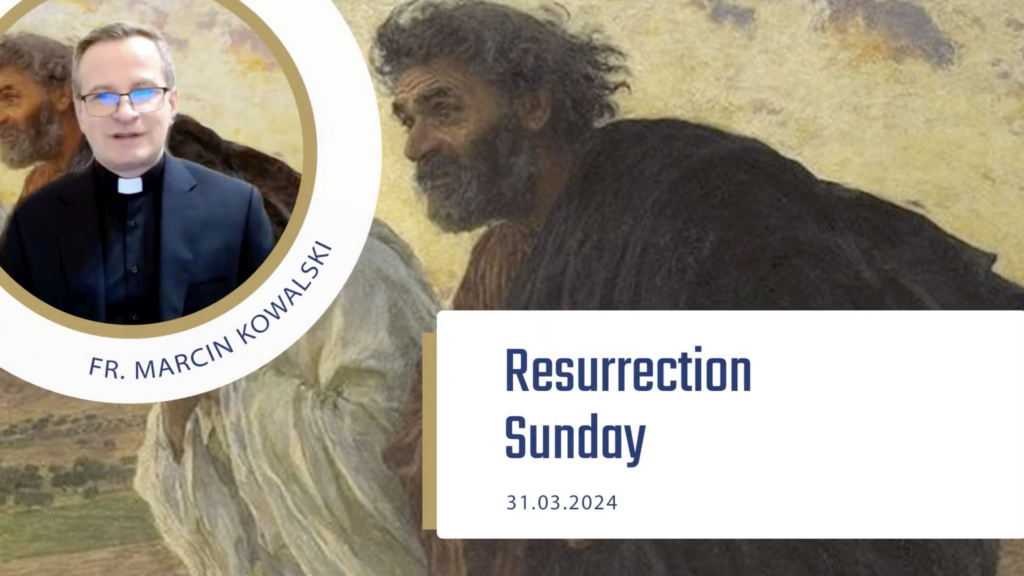
The Gospel of John we read on the Resurrection Sunday tells of a special run to the tomb. It is started by Mary Magdalene, who sets out as the first one, at dawn. Darkness, which still reigns, symbolizes the disbelief and despair, in which the disciples are plunged after Jesus’ death. Mary is guided in her journey by her heart, a loving and longing heart that does not stop looking for the Lord – stressed Fr. Marcin Kowalski, professor of the Catholic University of Lublin – doctor of biblical sciences, Director of the Abraham Joshua Heschel Center for Catholic-Jewish Relations at the Catholic University of Lublin.
The Gospel of John we read on the erto tells of a special run to the tomb. It is started by Mary Magdalene, who sets out as the first one, at dawn. Darkness, which still reigns, symbolizes the disbelief and despair, in which the disciples are plunged after Jesus’ death. Mary is guided in her journey by her heart, a loving and longing heart that does not stop looking for the Lord. Reaching the site, Mary sees the stone removed from the tomb and understands nothing of the scene (John 20:1). So she turns back and comes to Simon Peter and the disciple whom Jesus loved, John. Approaching them, Mary confesses: “They have taken the Lord out of the tomb, and we do not know where they have laid him” (Jn 20:2). This dramatic confession underscores the complete confusion of Jesus’ disciples in the face of the mystery of his resurrection.
The unusual nature of the Lord’s resurrection
What is the reason for the surprise of the disciples, to whom, after all, the Lord had announced that He would rise from the dead (Mark 8:31; 9:31; 10:34)? Their surprise stems from the fact that Jesus’ resurrection goes against the grain of what Jewish tradition knew and preached on resurrection. In the first century, at the time of Jesus, Jews, except for the Sadducees, widely accepted belief in the resurrection. First, however, they believed that it would occur at the end of time. This is why, in the scene of the resurrection of Lazarus, Martha tells Jesus about her dead brother: “I know that he will rise again in the resurrection on the last day” (John 11:24). Secondly, it was believed that the resurrection, whether to judgment or to eternal life, would nevertheless be universal. Hence, in Matthew’s Gospel we read that after Jesus’ resurrection, “many bodies of the saints who had fallen asleep were raised, and coming out of the tombs they went into the holy city and appeared to many” (Matthew 27:52-53). This is a sign that, as NT Wright puts it, the revolution has begun, the Messiah has given the signal for the resurrection of all humanity.
What happens in the story of Jesus is by all means astonishing. He is risen ahead of time and as the only one. This is not only a confirmation of the historicity of Christ’s resurrection, which no one in their right mind would have made up. It is also a proof that Jesus is truly special: he is the true Son of God who broke the power of death and now draws us all to new life.
Scriptures
Jewish tradition allows us to understand the uniqueness of Christ’s resurrection. Then there are scriptures, which play a very important role for the belief in the resurrection. John explains the disciples’ confusion by their ignorance of scriptures: “They did not understand the scripture, that he must rise from the dead” (John 20:9). Also in Luke’s Gospel, Jesus, with the help of Moses, the Prophets, and the Writings, explains to his disciples that the Messiah had to suffer in order to enter his glory (Luke 24:25-27). What scriptures might Jesus have opened to his disciples, preparing them for his cross and resurrection? One points to the Songs of the Servant of the Lord, whose suffering becomes a sacrifice for the sins of Israel, and who after his death beholds a light, perhaps the light resurrection (Isa 42:1-4; 49:1-6; 50:4-9; 52:13 – 53:12). One also speaks of the messianic texts of Zechariah (9-14), the announcement of the resurrection in the Book of Daniel (11-12), or the texts that speak of David and his offspring and of the suffering righteous ones (Wis 2-6; Psa 16; 22; 89; 110). One thing is certain: without the writings of the First Testament it is difficult to understand the mystery of the Lord’s resurrection. The Messiah, the conqueror of death and the Lord of life, is present in the community of the Church, which during the Eucharist opens the scripture to find there the One who lives.
A joyful celebration of the Lord’s resurrection, for us his disciples! For our dear Jewish brothers and sisters, may your waiting for the final resurrection be filled with hope and peace!
About the Author:
Marcin Kowalski, professor of the Catholic University of Lublin – doctor of biblical sciences, Director of the Abraham Joshua Heschel Center for Catholic-Jewish Relations at the Catholic University of Lublin, member of the Pontifical Biblical Commission, defended his doctorate at the Pontifical Biblical Institute in Rome, lecturer of Holy Scripture at the Major Seminary in Kielce and Lublin, assistant professor at the Department of Biblical Theology and Proforistics at the Institute of Biblical Studies of the Catholic University of Lublin, editor-in-chief of the Bible quarterly The Biblical Annals, secretary of the Association of Polish Bible Scholars for the third term. His scientific and pastoral passion is the Bible, especially the letters of St. Paul.
Related
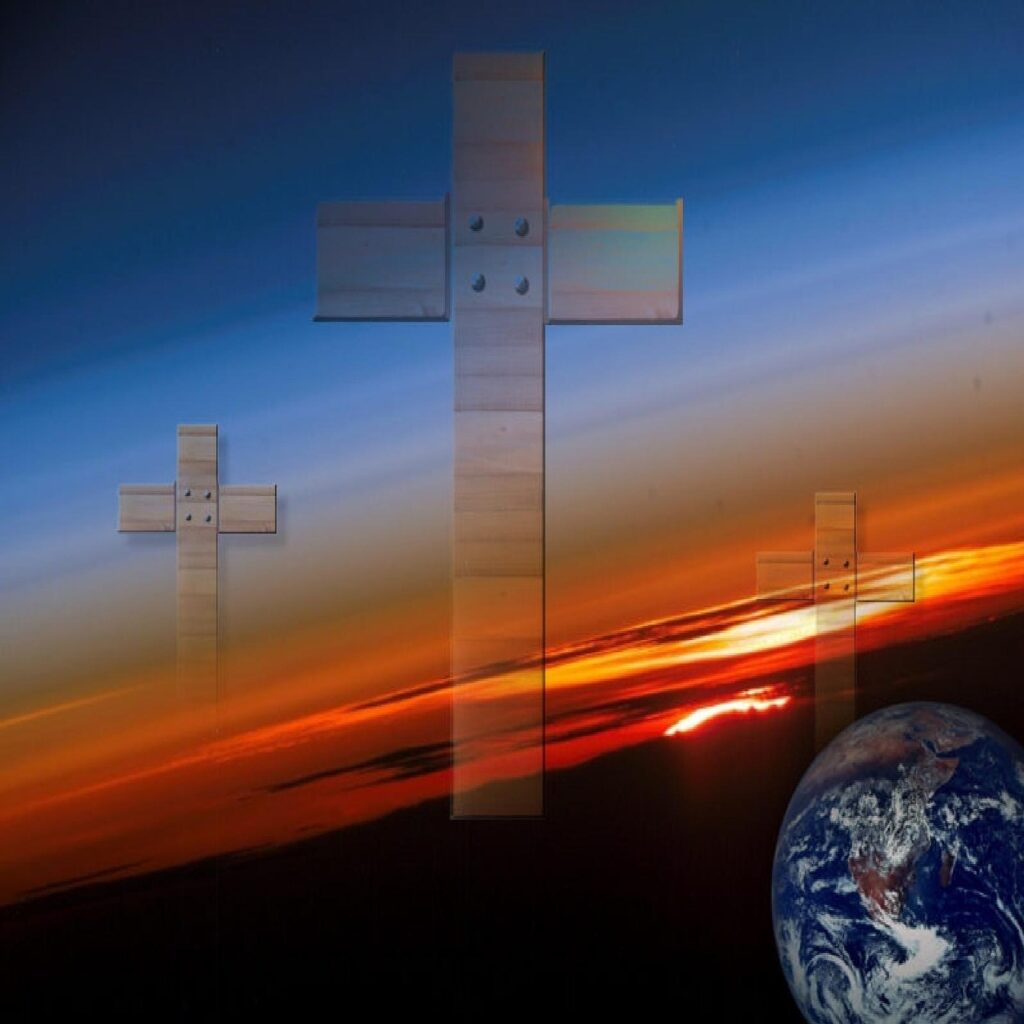
Reflection by Bishop Enrique Díaz: The Lord’s mercy is eternal. Alleluia
Enrique Díaz
27 April, 2025
5 min
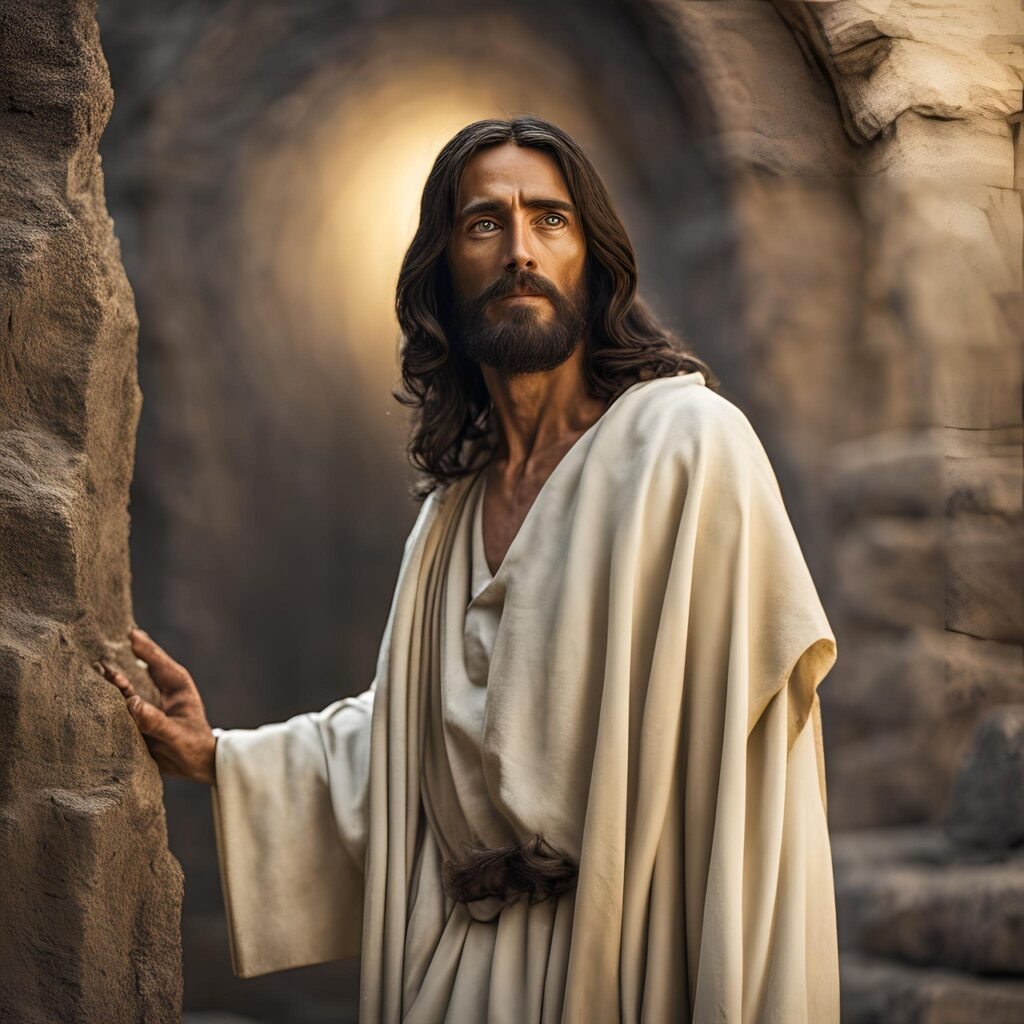
After Eight Days Jesus Arrived: Commentary by Fr. Jorge Miró
Jorge Miró
26 April, 2025
3 min
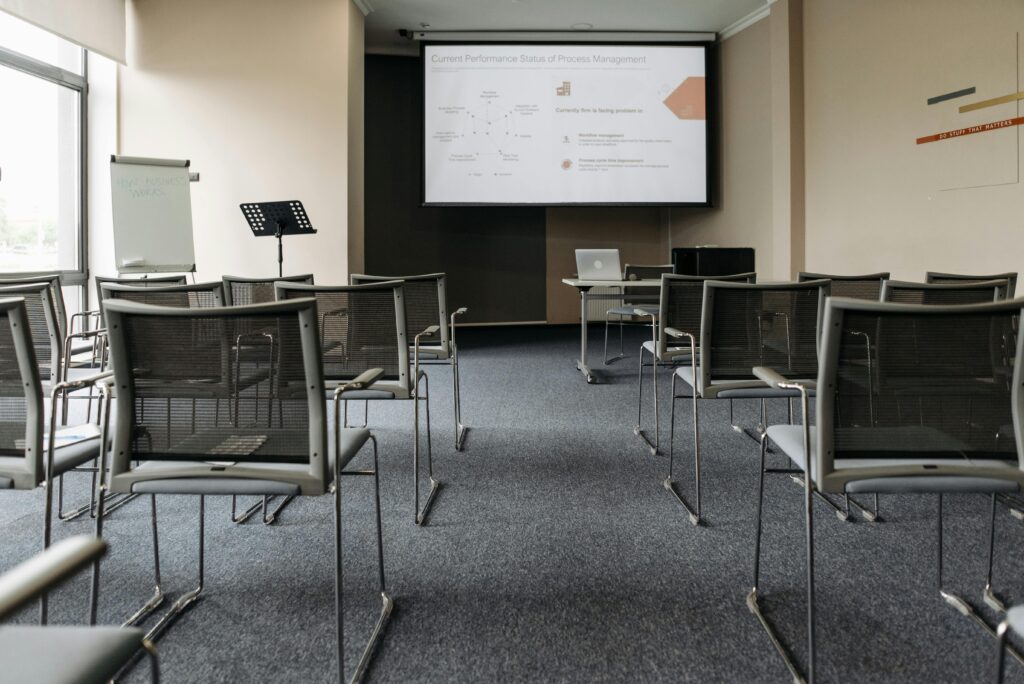
The Perspectivas del Trabajo Foundation is founded with the aim of promoting virtues for professional development
Exaudi Staff
25 April, 2025
2 min
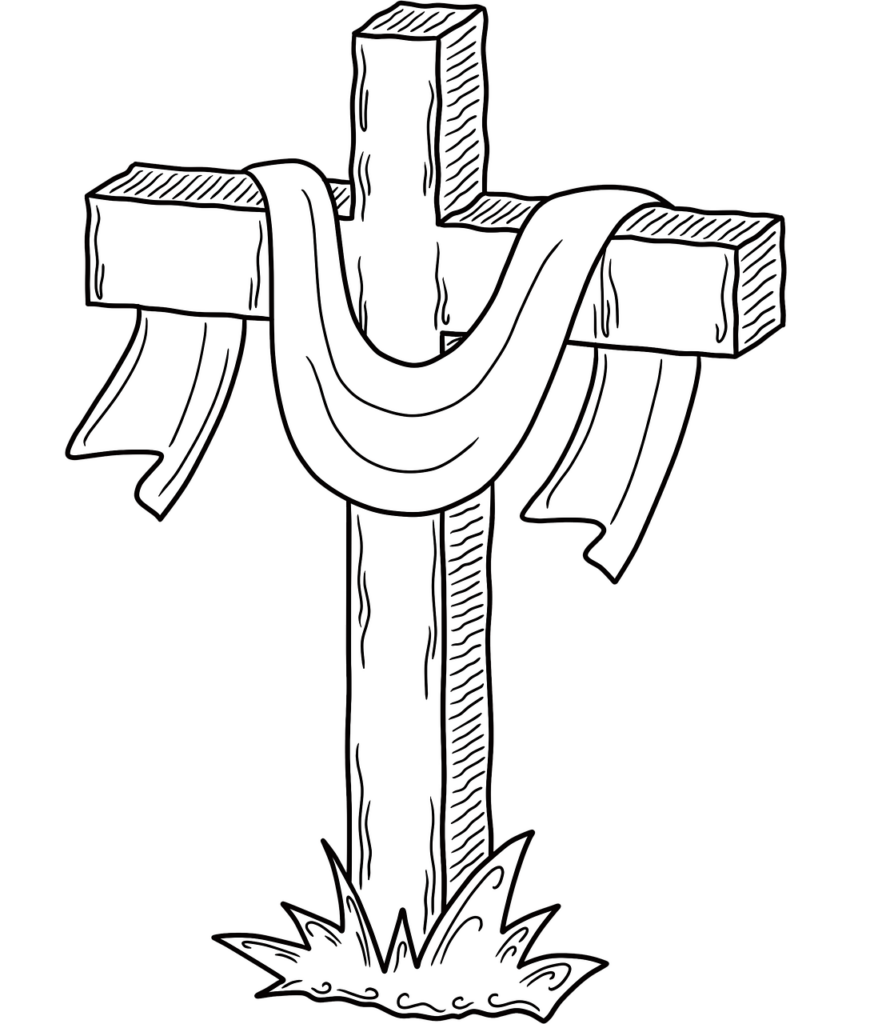
Reflection by Bishop Enrique Díaz: Alleluia, alleluia
Enrique Díaz
20 April, 2025
5 min
 (EN)
(EN)
 (ES)
(ES)
 (IT)
(IT)

